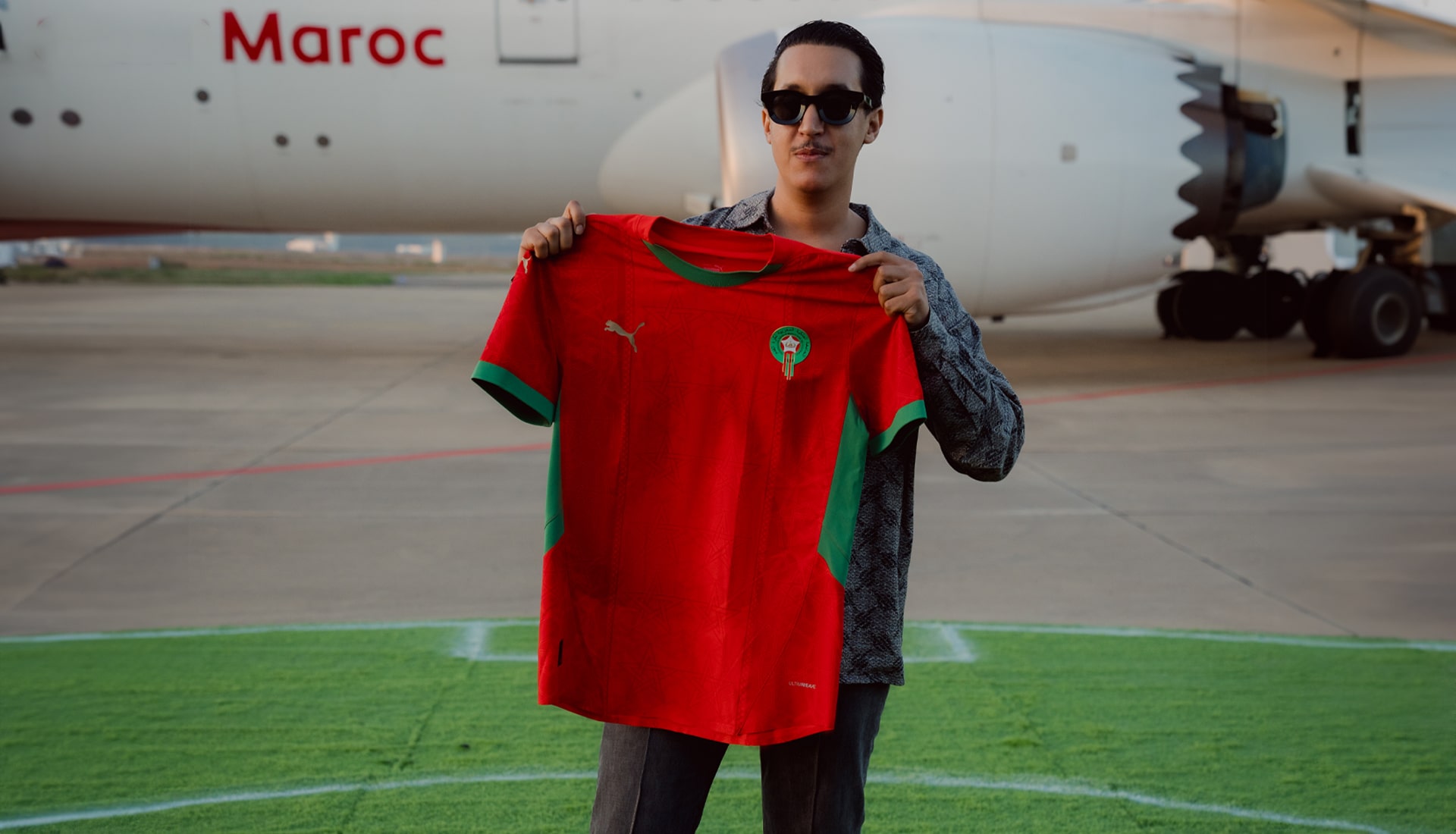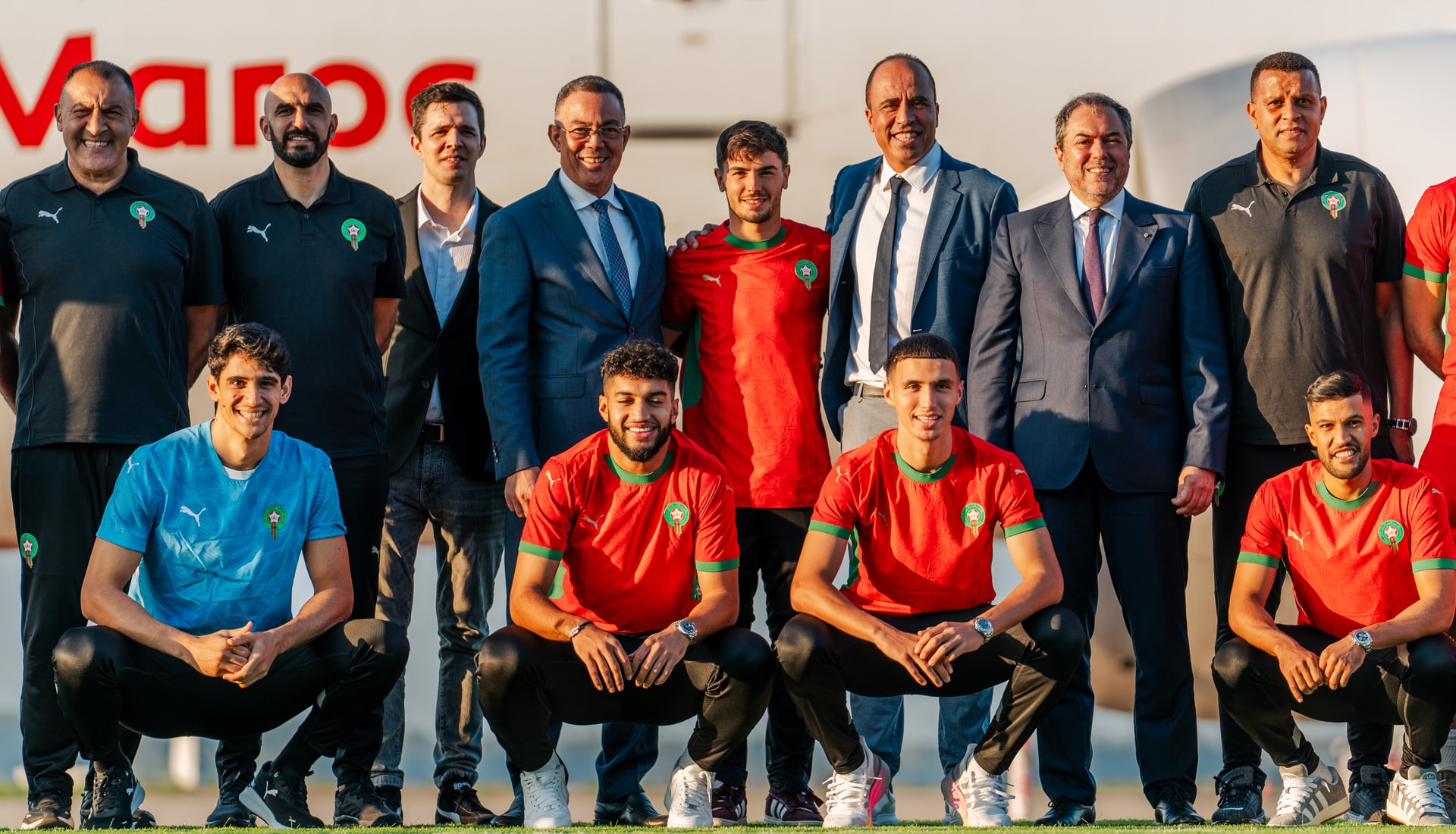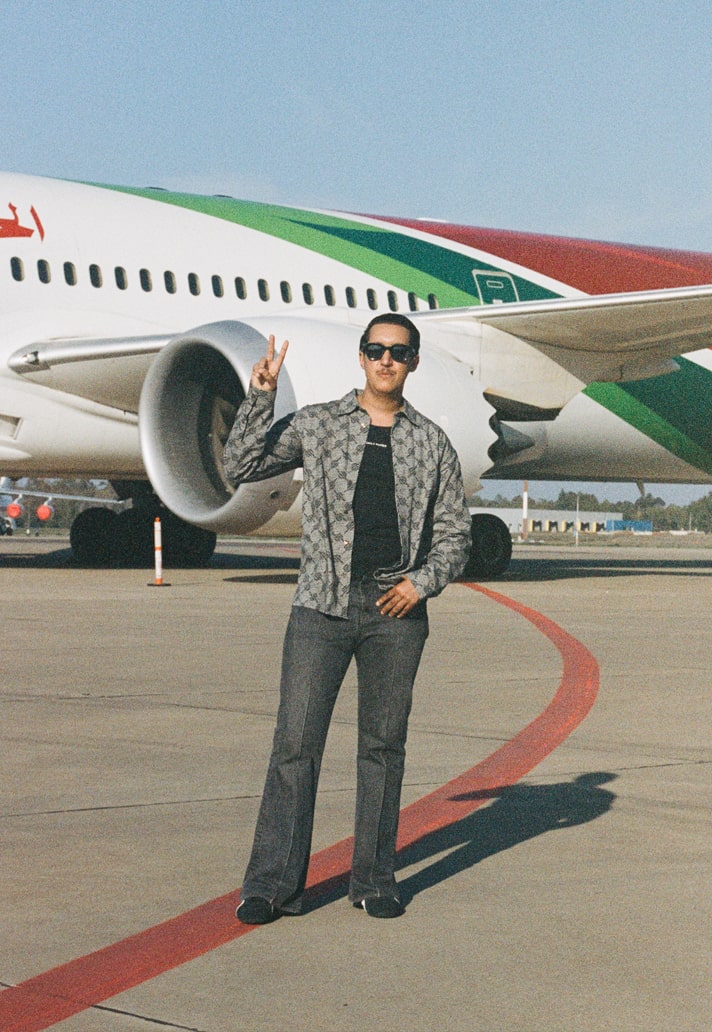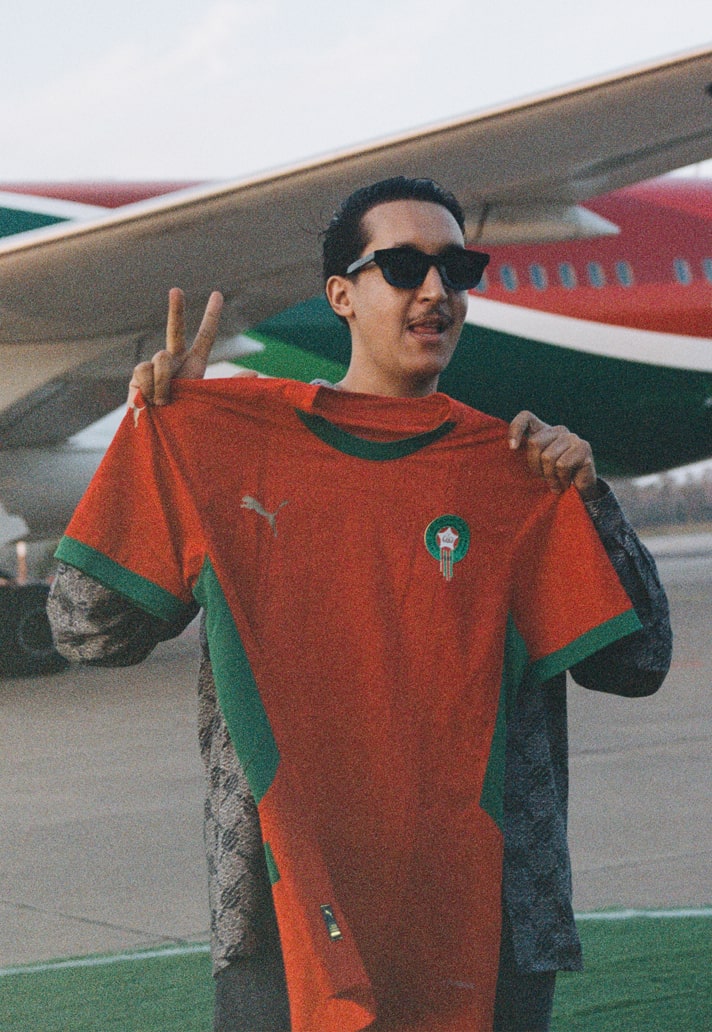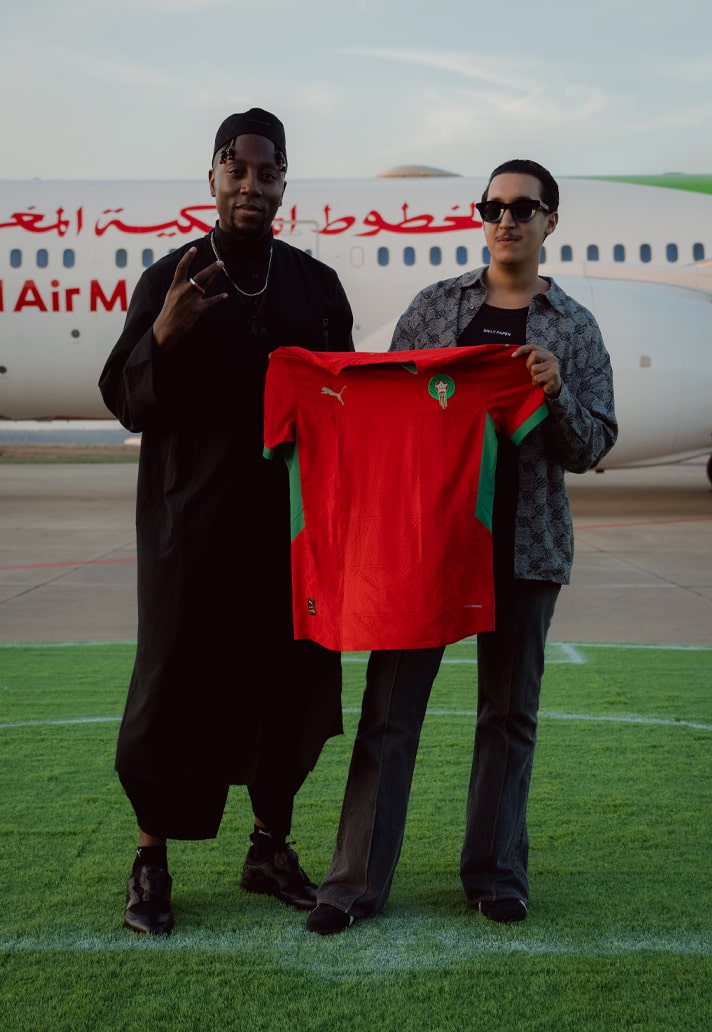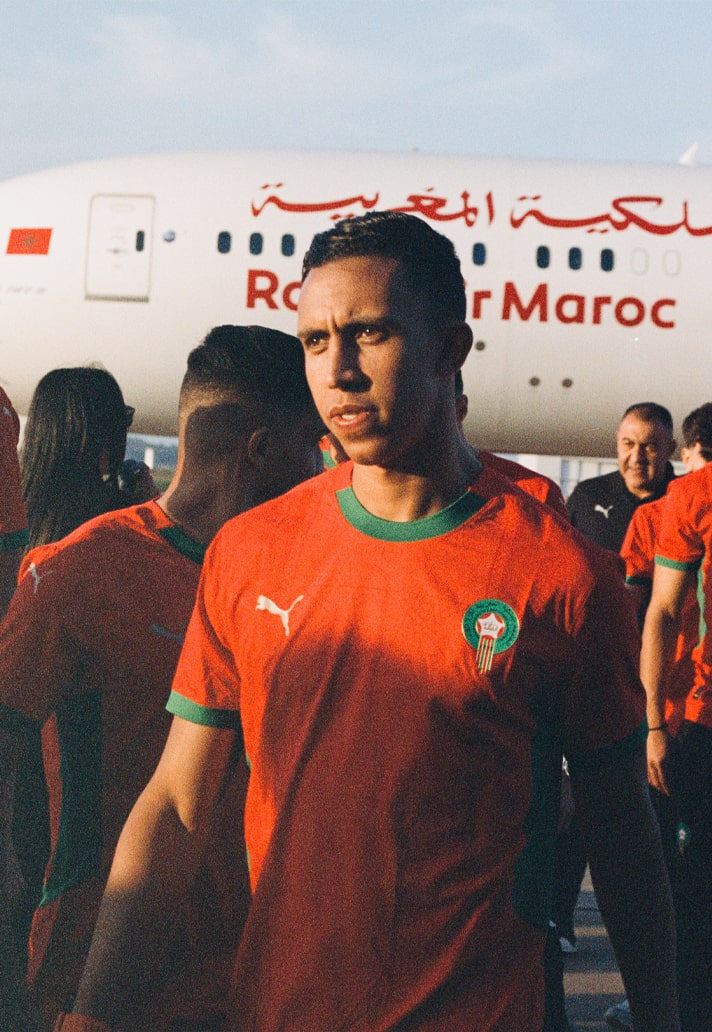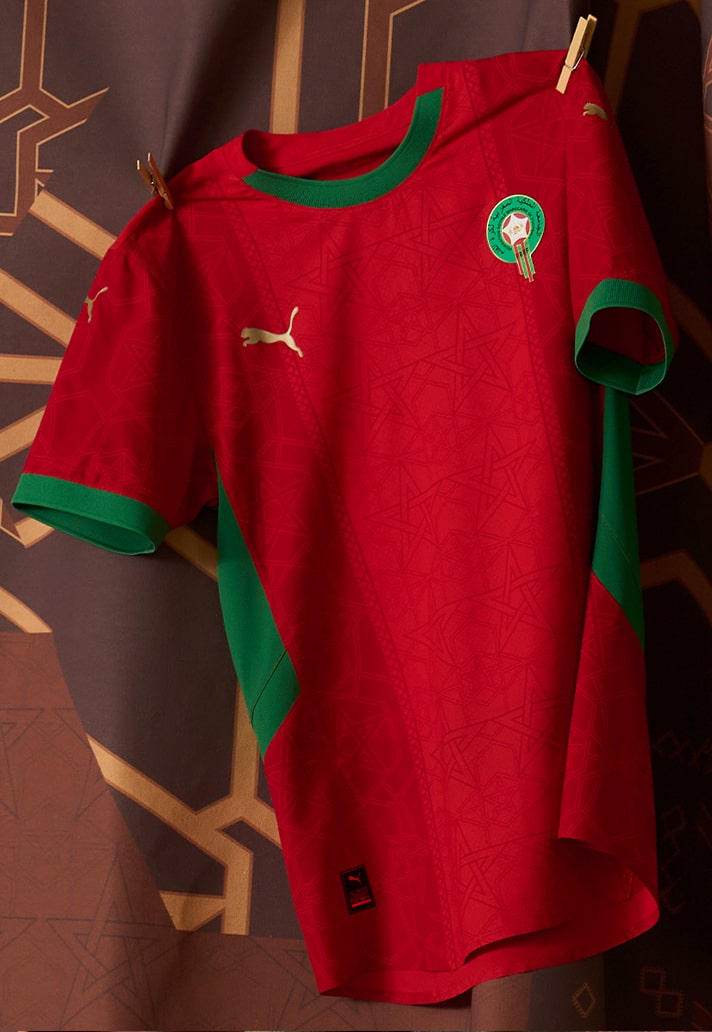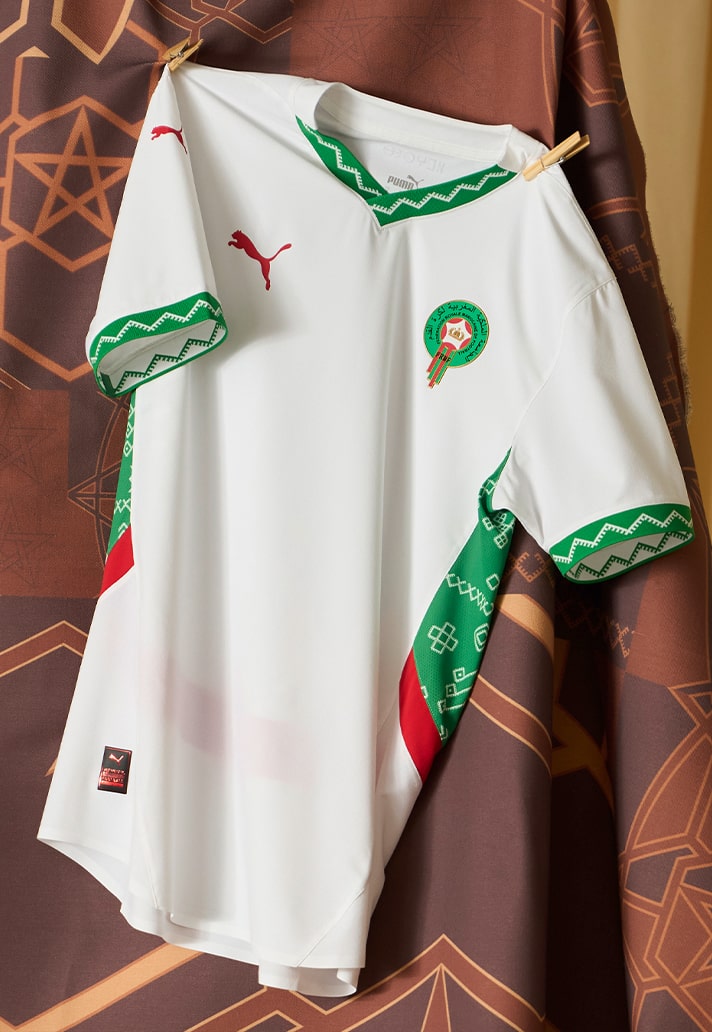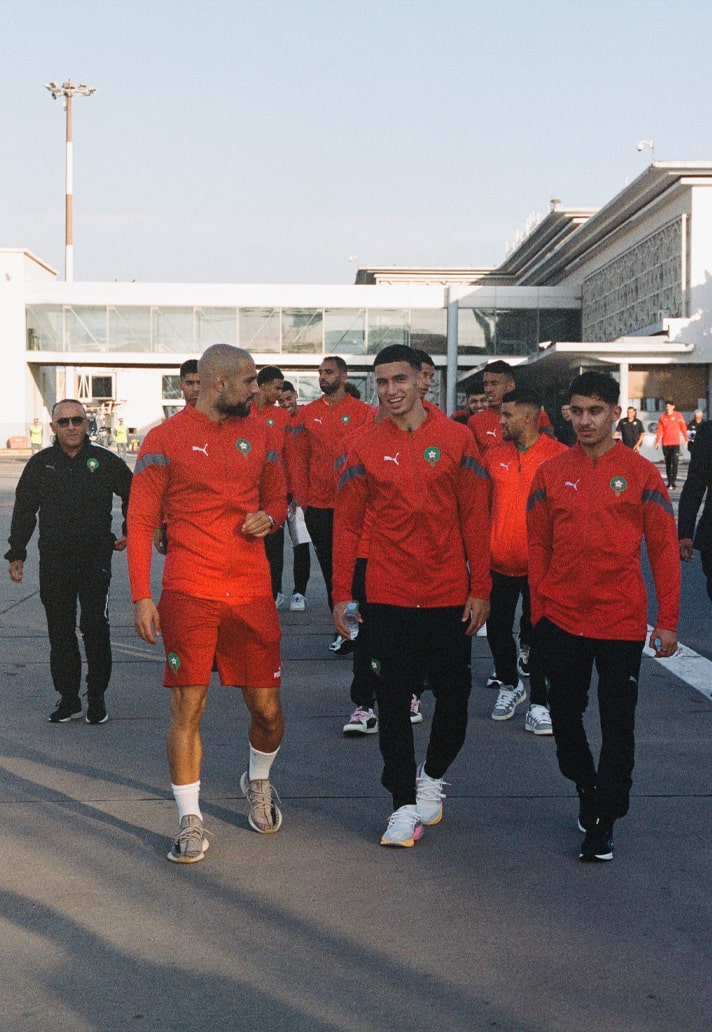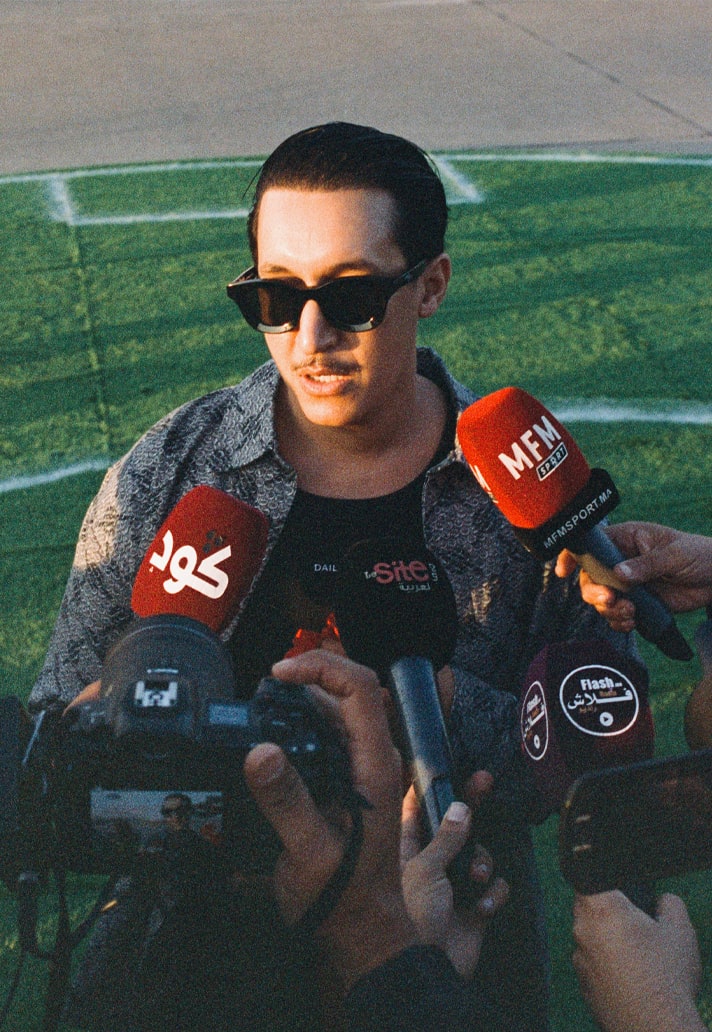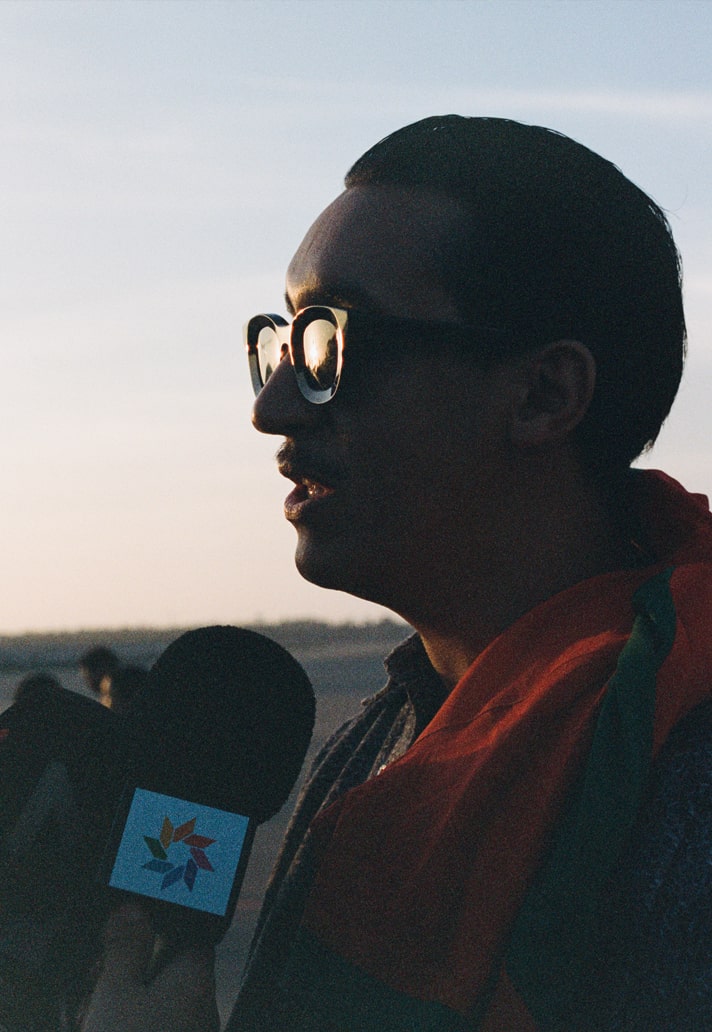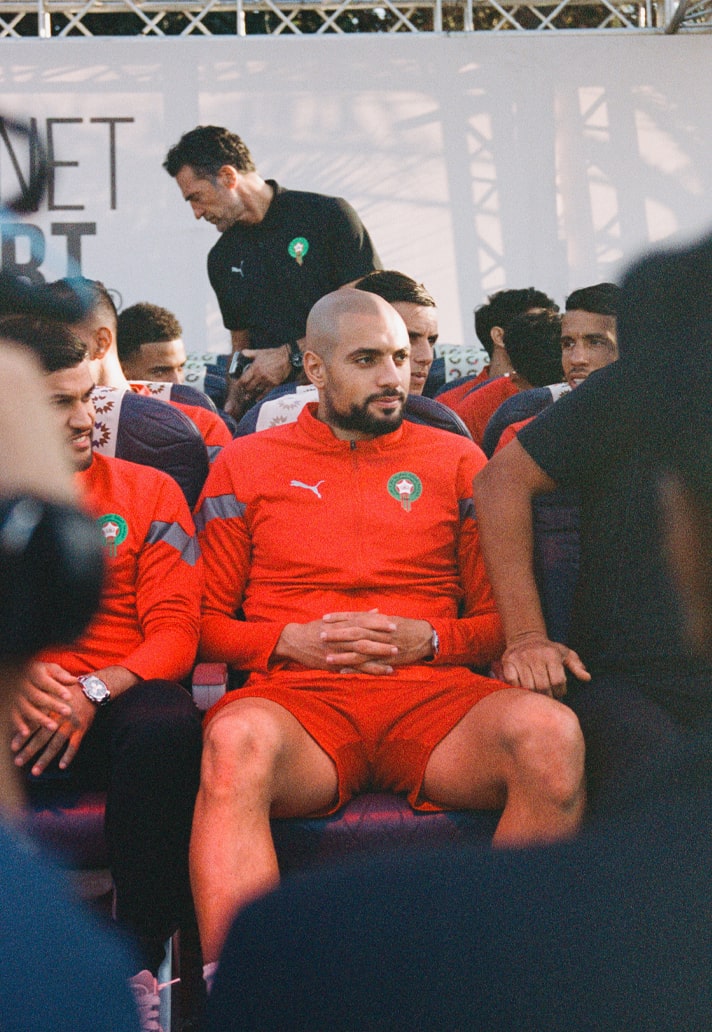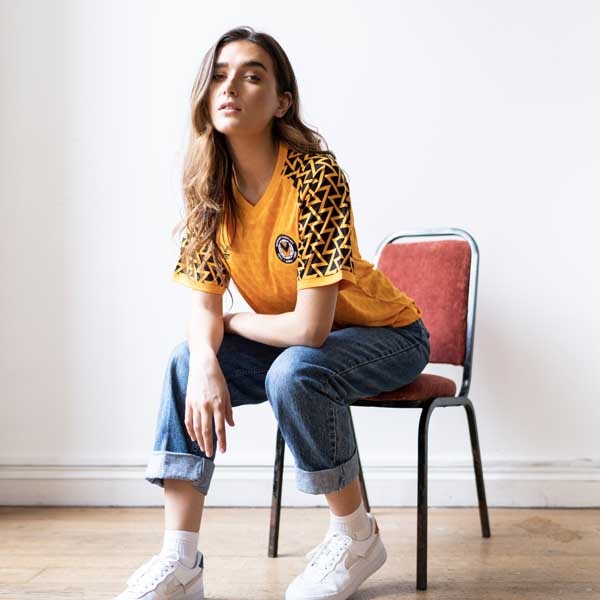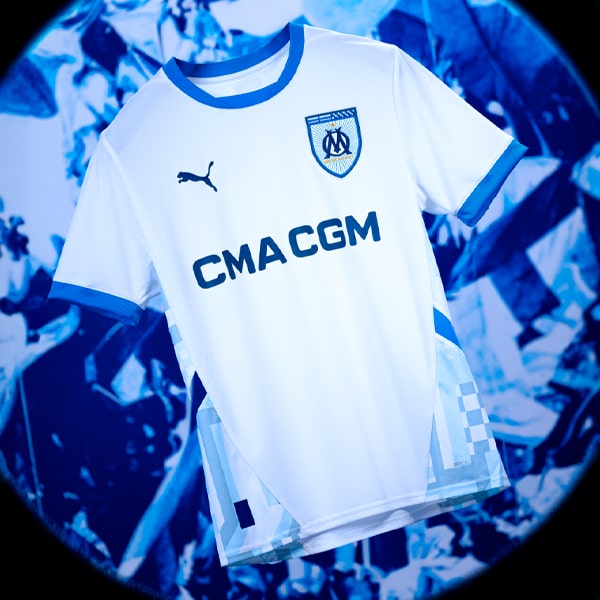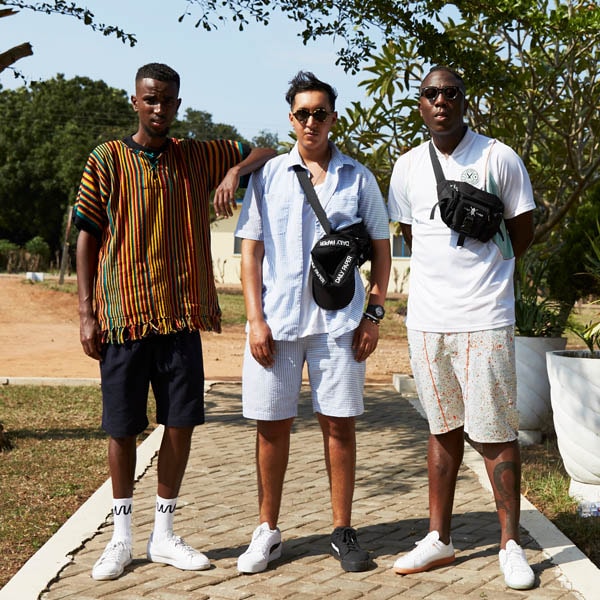Morocco is well and truly establishing itself as a force to be reckoned with in the world of football, and now in the kit game too. We talked to this year’s designer, Abderrahmane Trabsini, about the process behind PUMA’s latest release and his rise in the world of fashion.
“No matter where we are, Moroccans will always stay Moroccan. We adapt, but we never change. As a Moroccan kid from Amsterdam, I wanted to show people you should be proud of where you’re from.”
Abderrahmane Trabsini is home.
It’s the international break, and he’s got the call-up. He’ll be on the pitch for Morocco, just not in the way you think he’d be. Many talk about one day putting on the shirt for their country, but how many talk about making it? For Abbderahmane, that dream just became a reality.
We’re sitting in our hotel lobby just outside of Rabat. He’s excited, not only for the day ahead but to talk about what is yet another landmark moment in his trailblazing career in fashion. Working in collaboration with PUMA, he’s reached back to his roots and gone on national duty for the AFCON 2025 kits. Once the question was proposed, the answer was always going to be yes. “We’ve always had a good relationship with PUMA, so it was a blessing to do this with them.”
We start with how it feels to be here. “I’m home, man; it’s a surreal moment. It’s crazy that it’s finally happening," he tells me, the pride in his voice palpable. As if the long list of landmark moments in his career wasn’t enough to be proud of, this, at least, provides some close competition. It’s yet another continuation of his creative excellence, driven by a love for expressing himself, but more importantly, his community.
Born and raised in Osdoorp, Amsterdam, Abderrahmane is already a household name to many. One of three co-founders of the streetwear label Daily Paper, he, along with childhood friends Jefferson Osei and Hussein Suleiman, have built a global reputation from the ground up—"Osdoorp to the world," as they frequently reference. Of course, the journey has not been so straightforward. “I love Osdoorp, but it’s not the most romantic part of the city. I’m always proud, though. Me and Jeff grew up in the same place, and to do something like this is what we’ve always dreamed of. We worked our asses off to get this opportunity. It’s validation that hard work pays off.”
The two demonstrate a feeling of pride and belonging crucial to the diaspora, uniting the communities of their respective countries wherever they may be. Their rise has inevitably been shaped by their experience, seeing their collective passions for music, sport, and, crucially, fashion all coalesce into a story of success that has weaved its way from westside to the world.
“No matter where we are, Moroccans will always stay Moroccan. We adapt, but we never change. As a Moroccan kid from Amsterdam, I wanted to show people you should be proud of where you’re from."
The melting pot of cultures they were immersed in growing up has made them the men—and designers—they are today. “It’s inspiring; you create such an understanding of different cultures. We want to celebrate communities and be authentic about it—that goes for fashion but also music and sport.” That vision has been channelled into all of their work to date, but this latest project offers the perfect platform to shift it truly into the spotlight.
But it’s all well and good doing something; it’s how and why you do it that separates the best from the rest—not like you need to tell Abderrahmane. “Everyone can make clothing, but the cultural aspect—like the seasoning you need on your food—is what matters the most, and that’s something I really channelled into this jersey. We’re aware of the social and cultural potential the game has; after all, football is life. Fashion and sports go hand-in-hand, and broadening our horizons made so much sense because ultimately, it’s what we do.”
“We shot the campaign in Paris, Barcelona, Amsterdam, and Marrakech. The concept was maintaining cultural ties with Moroccans here and aboard.” As for the kits themselves, celebrating the craftsmanship of the country was key. “From a design point of view, I knew exactly what I wanted; PUMA gave me a very clear brief and were so trusting in my abilities and vision; that meant a lot.”
The home kit sees the colours of the Moroccan flag enriched by intricate geometric designs inspired by traditional Zellige tilework. Like he said, craftsmanship was the central theme of the kits, celebrating an aspect of heritage firmly woven into Moroccan identity. With the away kit, however, Abderrahmane saw an opportunity to break new ground, doing so with the inclusion of the Amazigh language and Berber rug patterns. “My favourite part of this was representing the indigenous people. It’s something that, historically, hasn’t been done before."
The real driver for that was his mom, a woman of Amazigh heritage. She features in the campaign, an inclusion Abderrahmane wanted from the start. He unpacks the belief she showed in him—from being the only art academy student in his area to starting Daily Paper, she has always been behind him. “My mom always respected my dreams. She said, As long as you’re happy, go ahead.”
That element embodied the essence of the release: connecting others through a celebration of heritage that transcends borders and generations. “I’m representing Moroccans here and all over the globe. No matter where we are, Moroccans will always stay Moroccan. We adapt, but we never change. As a Moroccan kid from Amsterdam, I wanted to show people you should be proud of where you’re from, and I hope I can be a reference point for the next generation.”
“My favourite part of this was representing the indigenous people. It’s something that, historically, hasn’t been done before."
Naturally, the release found itself far-reaching in resonance. The rich meaning attached to it saw reporters flock to Abderrahmane to hear more about it, and while the sun broke away from the day, he remained fixed on telling the story behind it all. Flowing from one language and dialect to the next, he represented the beauty of the diaspora—a bountiful experience that, ultimately, made these kits what they are.
Shop PUMA 2025 AFCON shirts at prodirectsport.com/soccer
